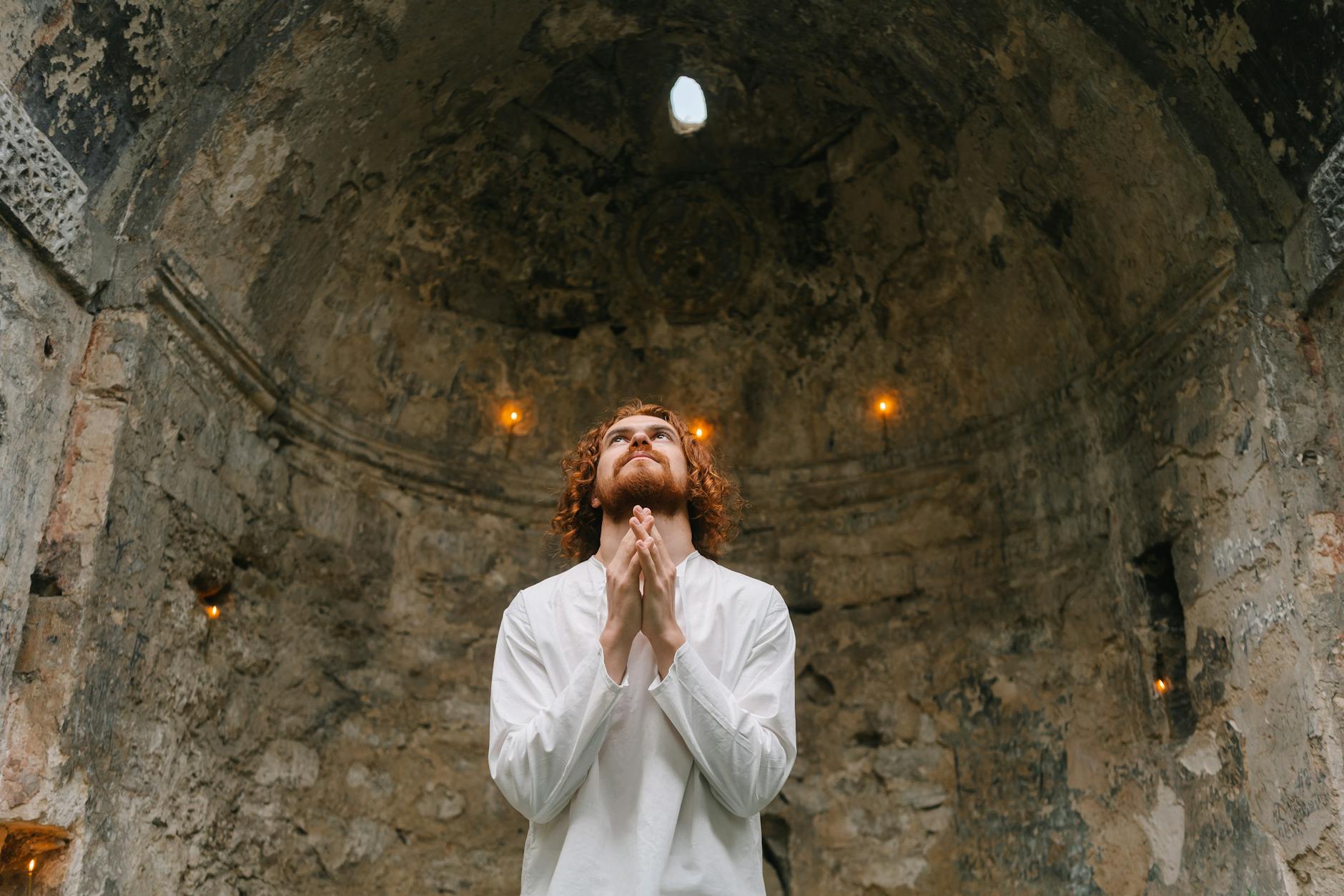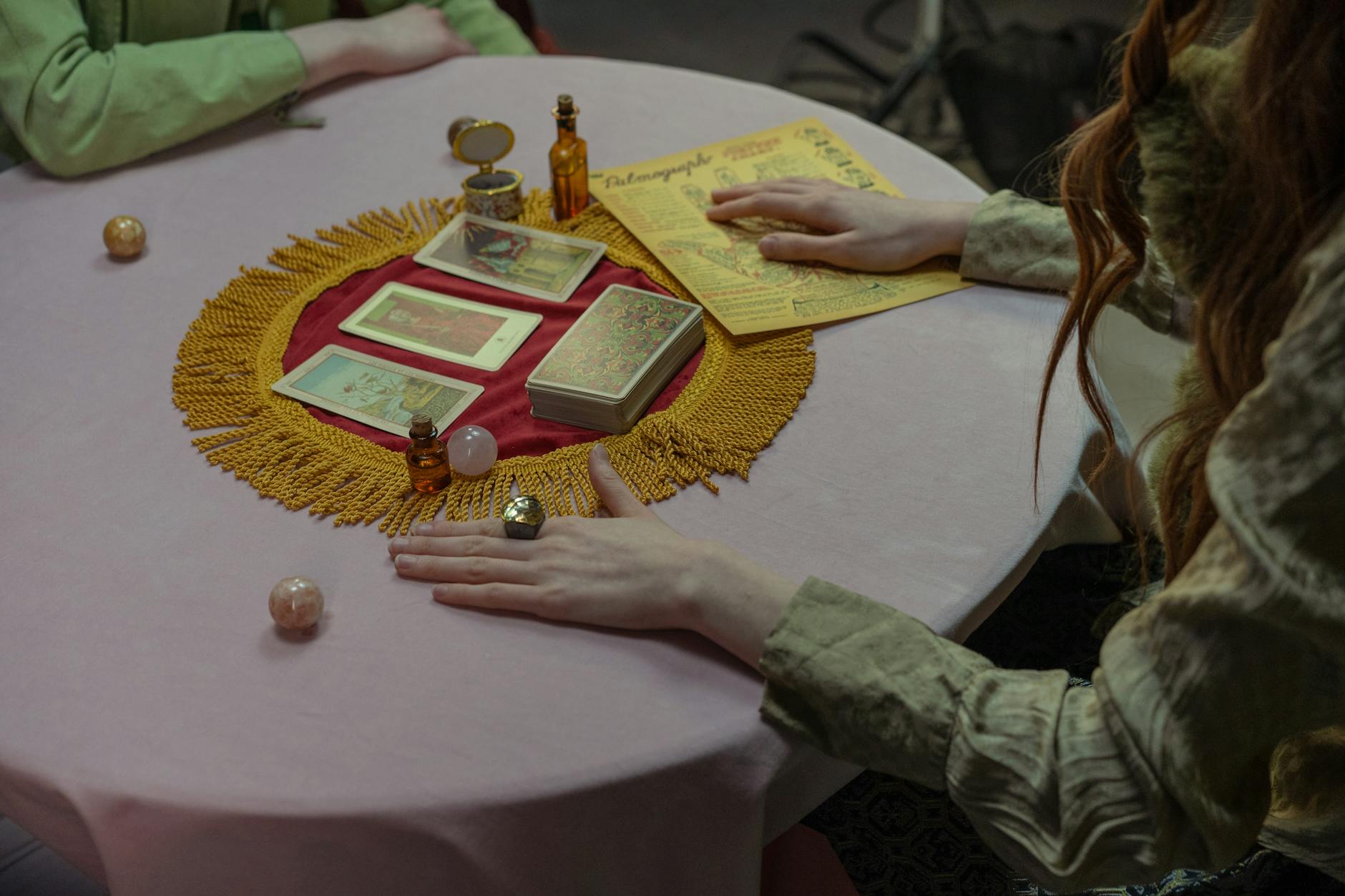The entwining of art and spirituality has been a shared focal point of various cultures since the earliest eras of human existence. Notably, one art style has played a significant role in shaping spiritual practices around the world – psychedelic art. Psychedelic art, often characterized by its vibrant colors, dreamlike visuals, and intricate patterns such as sacred geometry, has been intriguingly used to express metaphysical concepts, represent mystical experiences, and promote inner exploration.
Historically, the convergence of spirituality and psychedelic art can be traced back to ancient spiritual practices like Shamanism. Shamanic cultures relied on visualization and trance states to help individuals transition into higher realms of consciousness. The usage of psychedelic substances and the creation of rich, ritualistic art were vital tools in this process. The vibrant, symbolic art was not merely ornamental but served as spiritual symbols, functioning as an essential element in the sacred ceremony and spiritual teachings.
Psychedelic art is often inextricably linked to transcendental experiences. It attempts to capture the ineffable nature of moments of spiritual enlightenment, offering a visual representation of the unseen world, unchartered dimensions, and the mystical aspects of consciousness. Additionally, it often incorporates elements of sacred geometry, reflecting the universal patterns observed in everything from the natural world to the realm of divinity.
In modern times, the psychedelic art movement of the 1960s and 1970s reflected a renewed interest in spiritual mysticism and higher consciousness. The vibrant, abstract imagery became synonymous with transformative, psychedelic experiences. These art forms served as a visual bridge between the conscious and subconscious mind, promoting a deeper connection with the self and the universe in a quest for spiritual enlightenment.
Psychedelic art serves as an avenue for internal reflection and self-discovery, often fostering a transformative experience that echoes the mystical and spiritual. The detailed imagery within the art, including the usage of spiritual symbols, helps connect the viewer with their inner psyche, encouraging a journey of introspection and growth of self-awareness.
Influences of this art form can even be seen in mandalas, a spiritual and ritual symbol prevalent in Buddhism and Hinduism. These intricately designed geometric shapes are used as spiritual guidance tools for establishing a sacred space and as an aid to meditation and trance induction.
Contemporary psychedelic artists continue to explore the expansive nature of consciousness, spirituality, and the mysteries of existence. Artists like Alex Grey, renowned for his spiritual and psychedelic artwork, employs both traditional and digital techniques to create intricate, multi-dimensional paintings that reflect facets of divine cosmic energy and the nature of consciousness.
In conclusion, the importance of psychedelic art within spiritual practices cannot be overstated. Whether as a canvas for expressing mystical and transcendental experiences, a reflection of sacred geometric symbols, or a tool for inner exploration, psychedelic art continues to pave the way in exploring the depths of spiritual enlightenment and higher consciousness. It remains a crucial element in understanding the mesmerizing complexity of the universe and our place within it, offering a distinct and profound way to perceive, challenge, and understand our spiritual journey.
Undoubtedly, the convergence of art, spirituality, and consciousness in the form of psychedelic art plays a pivotal role in our ongoing quest for understanding the mysteries of the universe and our existential purpose within it.
References:
1. Learn Religions: Sacred Geometry
2. History of Shamanism
3. Verywell Mind: Transpersonal Psychology








